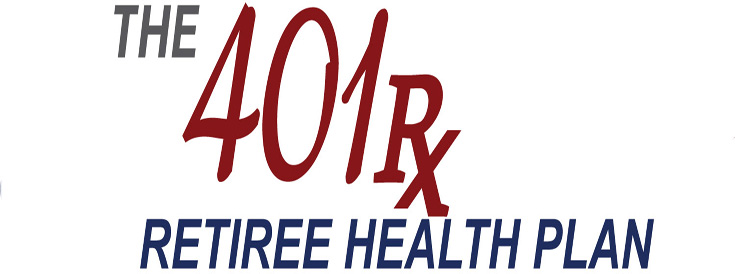A Whole New Way of Thinking about - Tax Efficient Planning
Compliance Information
Contributions to the plan are determined annually by the plan actuary within the limits permitted under the tax code. Under these rules an employer is permitted a deduction for the Qualified Direct Cost of providing benefits for the current year, plus an additional amount that is contributed to a Qualified Asset Account. It is this reserve feature which allows employers to currently deduct the amount necessary to fund future retiree health care costs that are ordinary and necessary business expenses under IRC Section 162.
Contributions for Key Employees will limit their eligible contributions to a defined contribution plan. Such Key Employees, however, have the ability to either opt out of The 401Rx Plan® so as not to impact their section 415 limitations, or to have contributions made to both the retiree health care account and their qualified plan account.
This flexibility is of tremendous benefit to key employees because withdrawals from their qualified plans are taxable whereas withdrawals from The 401Rx Plan are tax free, so long as they are spent for qualified medical expenses. More importantly, as key employees age and get closer to retirement age, the amount that can be contributed to their 401Rx Plan® might be significantly more than the maximum amounts that could otherwise be contributed to a qualified plan.
Employer contributions to the plan are excluded from employees’ income and therefore are not subject to income taxation. Furthermore, benefits are not taxable when used to pay for qualified medical expenses.
"It is not the strongest of the species that survive, not the most intelligent, but the one most responsive to change."
Charles Darwin







